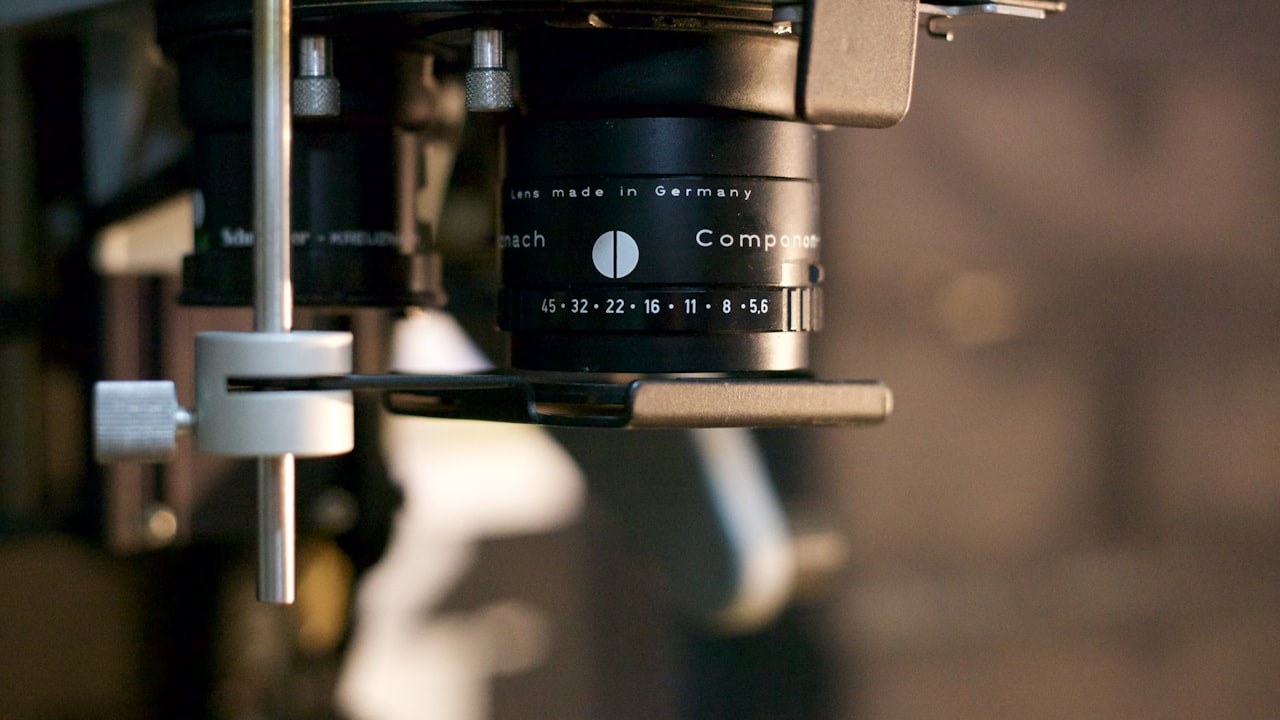The outdoor enthusiast community has seen a paradigm shift in recent years as more and more of them rely on ultralight equipment to improve their wilderness excursions. The ultralight movement is a philosophy that stresses simplicity, efficiency, and weight reduction, and it goes beyond mere trends to question conventional ideas about backpacking and camping.
The term “ultralight outdoor gear” describes small, light gear made for outdoor pursuits including camping, hiking, and backpacking. Reducing bulk and weight without sacrificing durability and functionality is the aim of ultralight outdoor gear. As a result, hikers and outdoor enthusiasts can travel lighter and more quickly.
The Essential Elements of Ultralight Outdoor Gear
Ultralight outdoor gear is perfect for activities like trekking and backpacking when it’s important to minimize weight because it’s made to be small and light. Key elements of ultralight outdoor gear include the following:
Lightweight Shelter:
A featherweight shelter is the foundation of any lightweight configuration. Modern tents, tarps, and hammocks are examples of ultralight shelters that frequently replace traditional tents. These substitutes provide significant weight savings without sacrificing weather protection. Cutting-edge materials that offer an excellent balance of durability and low weight, such as Dyneema Composite Fabric (DCF), have come to be associated with ultralight shelters.
Ultralight Backpack:
A backpack that prioritizes simplicity and weight reduction is a pillar of the ultralight movement. Durability and functionality are given priority in ultralight backpacks, which use lightweight materials like Dyneema or ripstop nylon. The pack is designed to be simplified and facilitate effective weight distribution by eliminating extra components and emphasizing a minimalist aesthetic.
Sleep System:
The goal of Ultralight sleep systems is to lose weight without compromising warmth or comfort. The unique needs of ultralight enthusiasts are met by creative sleeping bags or quilts combined with ultralight sleeping pads. Due to its high warmth-to-weight ratio, down insulation is a common material used in ultralight sleeping apparel. Furthermore, the balance between comfort and weight is achieved via inflatable sleeping pads constructed from cutting-edge materials.
Cooking Equipment:
Ultralight cooking equipment is made to be simple and effective. The ultralight aesthetic is satisfied by small cooking sets, lightweight stoves, and simple utensils. To further do away with the necessity for cooking supplies, some ultralight aficionados even choose to follow no-cook meal plans. Aluminum and titanium are the chosen materials for cookware because of their durability and low weight.
Clothes:
The adaptability and moisture-wicking qualities of Ultralight clothing are its defining features. It becomes essential to layer to adjust to changing weather conditions. Merino wool and synthetic mixes are popular fabrics because of their short drying time and lightweight nature. Breathable fabrics used to create ultralight rain jackets offer vital protection without needless bulk.
Footwear:
The goal of ultralight footwear is to minimize weight while maintaining comfort and support. Since trail runners are lighter and more durable than standard hiking footwear, they have become a go-to option for ultralight hikers. The goal of cutting-edge materials and designs is to increase traction and durability without sacrificing functionality.
Ultralight Trekking Poles:
For many outdoor lovers, trekking poles are essential since they offer stability and assistance on difficult terrain. Lightweight materials like carbon fiber create ultralight trekking poles, which balance weight and strength. Easy packing and little space invasion are ensured with collapsible designs for backpacks.
Water Filtration:
Efficiency and simplicity are given top priority in Ultralight water filtration systems. Bulkier alternatives are preferred over smaller, lighter water filters or purification tablets. Ultralight hikers don’t always need to carry a lot of water because they frequently rely on natural water sources.
Last Summary
The push towards ultralight outdoor gear is a perfect example of this paradigm shift towards functionality and efficiency. Enthusiasts are reducing their physical load and strengthening their bond with nature by emphasizing lightweight materials and simple designs. This change in equipment heralds a new age in adventure travel by highlighting a dedication to a more sustainable and immersive outdoor experience.
